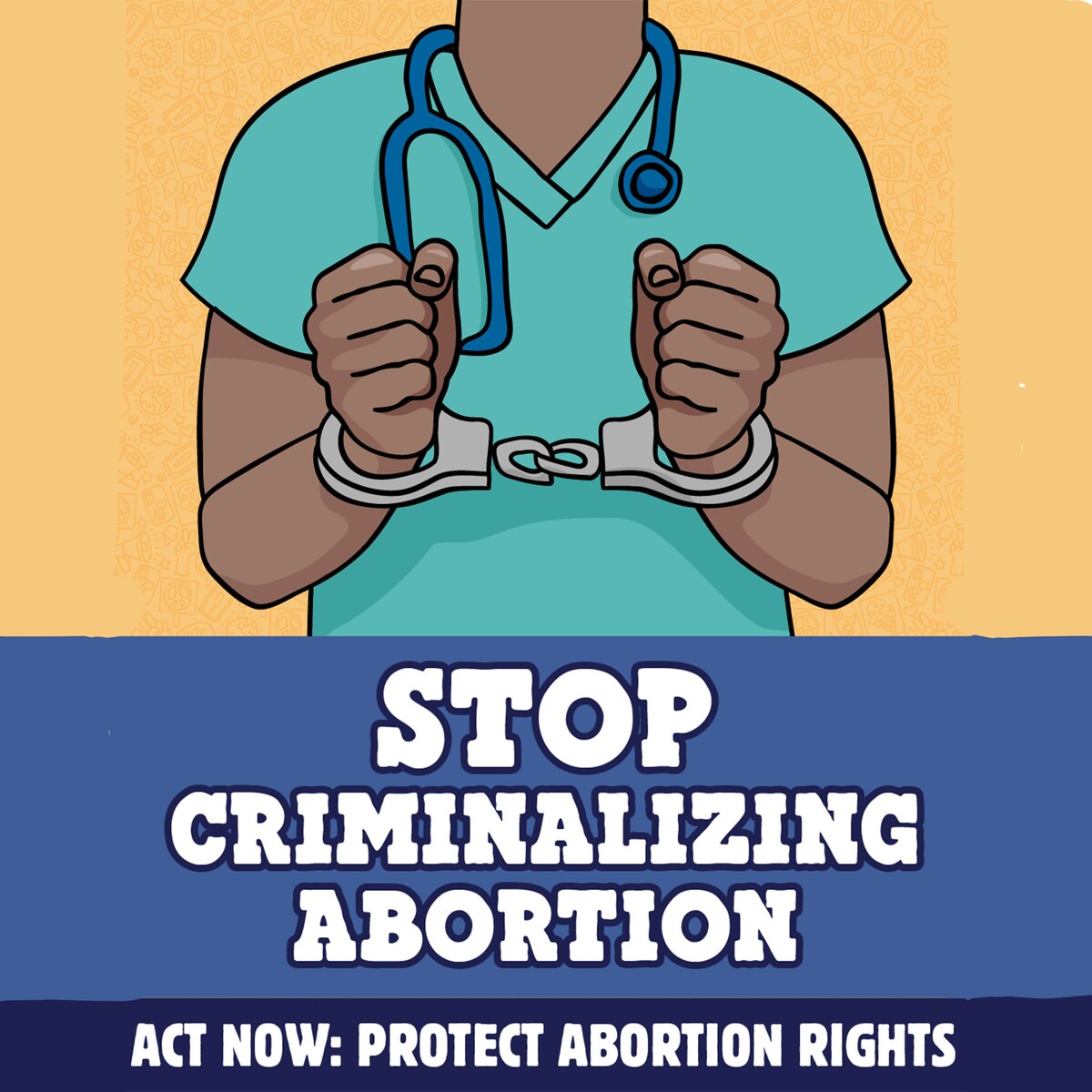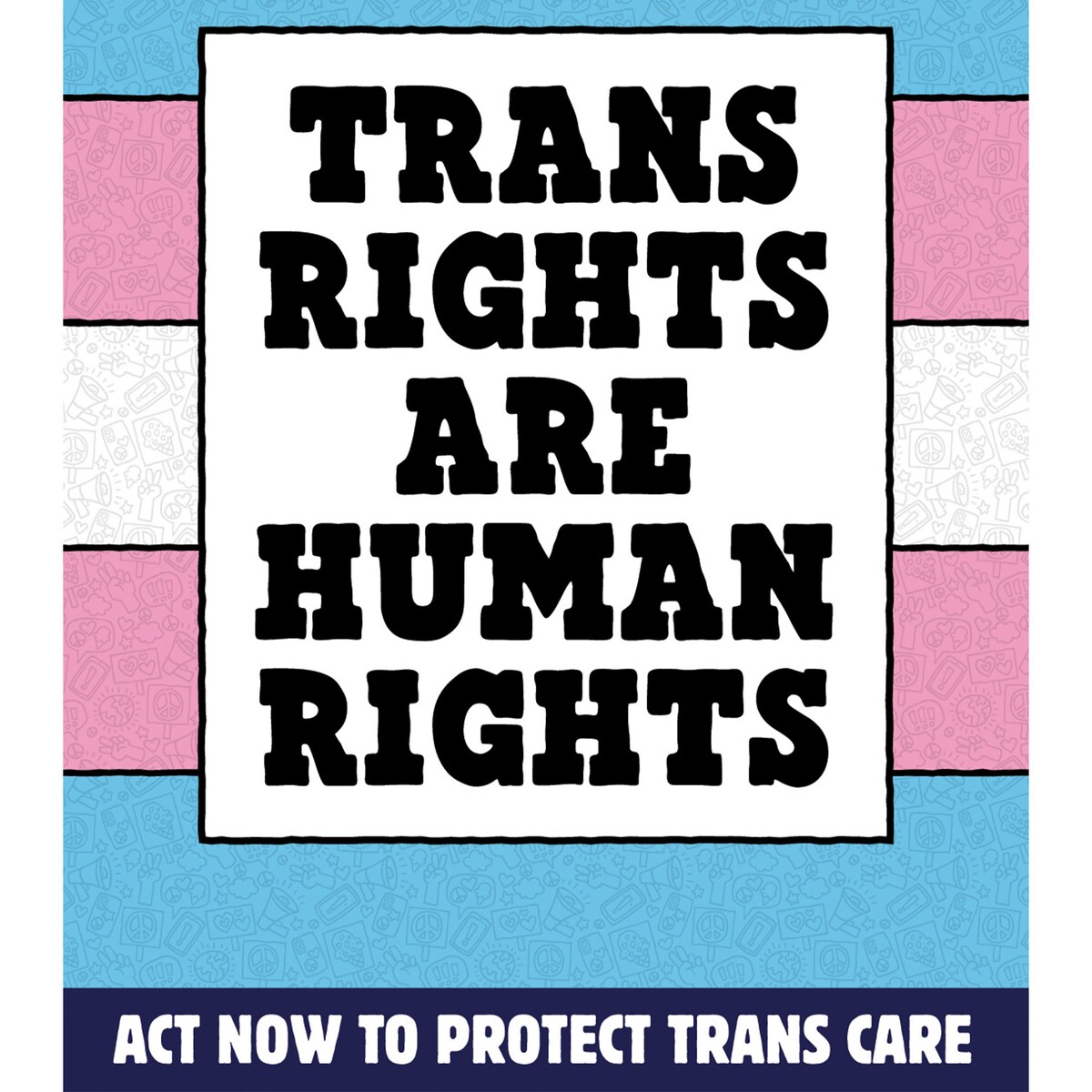October 28, 2015
Remember the EPA’s Clean Power Plan (CPP)? Put into play this past August to enact a 32% reduction of power plant carbon emissions from 2005 levels by 2030, it was hailed as one of the strongest US climate actions yet. Where are we at now, you ask? You read our mind. It’s time for an update.

The Recap
Whether it’s transitioning from coal to natural gas, beefing up renewables and energy efficiency, or a suite of other solutions, the CPP is a federal regulation mandating that each individual state cut power plant emissions, using whichever strategies work best. The rollout is simple: States need to submit their plans by 2016-2018 and get going on power plant emissions reductions by 2022 at the latest, then maintain and increase those reductions through 2030.
The Benefits
Weaning the country off our biggest source of carbon pollution is goal one, but as with most climate change solutions, there are additional benefits. The CPP’s incentives for investing early in renewable energy will lead to a 30% uptick in renewable power generation by 2030. And because we’re talking coal power, the resulting reduction in air pollution has the potential to prevent 3,600 premature deaths and 90,000 childhood asthma attacks.
The Holdouts
The EPA’s calculation of reductions that each state must reach, and the plan overall, is drawing a lot of heat from states where coal industry influence is strongest. Over 12 states already sued the EPA over the CPP, a legal move that was denied just over a month later. Not surprisingly, governors that receive the most coal industry campaign contributions are refusing to comply with the rules. And what happens to states that don’t play ball? It’s pretty straightforward: states that don’t submit their plan will be required to follow an EPA-designed plan.
When Will States Start Making Changes?
This part is simple. From taking the oldest (and least profitable) coal power plants offline, to offering state-run efficiency incentives and developing solar and wind power, progress toward meeting interim CPP emissions goals is already happening. Ironically, that progress includes almost all the states suing over the rules.
The real question is whether the CPP is enough— and many experts say maybe it will be, just barely. With the UN Climate Summit coming up, the CPP puts the US on track to just squeak by on meeting our Nationally Determined Contributions – 14-17% emissions reductions below 1990 levels. But with the EU committing to cut 40% below 1990 levels, it’s clear we need get the ball rolling, and make sure that we keep upping our efforts. You can help by clicking here and asking your governor to support the CPP.
Recent Articles
Join The Climate Movement
-
With a landmark climate action agreement in place including commitments from 196 countries to fight climate change, now is the time to keep the pressure on and ensure swift action. This climate agreement wouldn’t have happened without millions of people around the world taking action. And we won’t be able to meet the ambitious goals of the Paris Agreement without millions and millions more people taking action in support of a rapid transition to clean energy. Paris was just the beginning, not the end. Let’s get to work towards a greener, cleaner future. Add your voice to the millions demanding action and sign the petition today!


